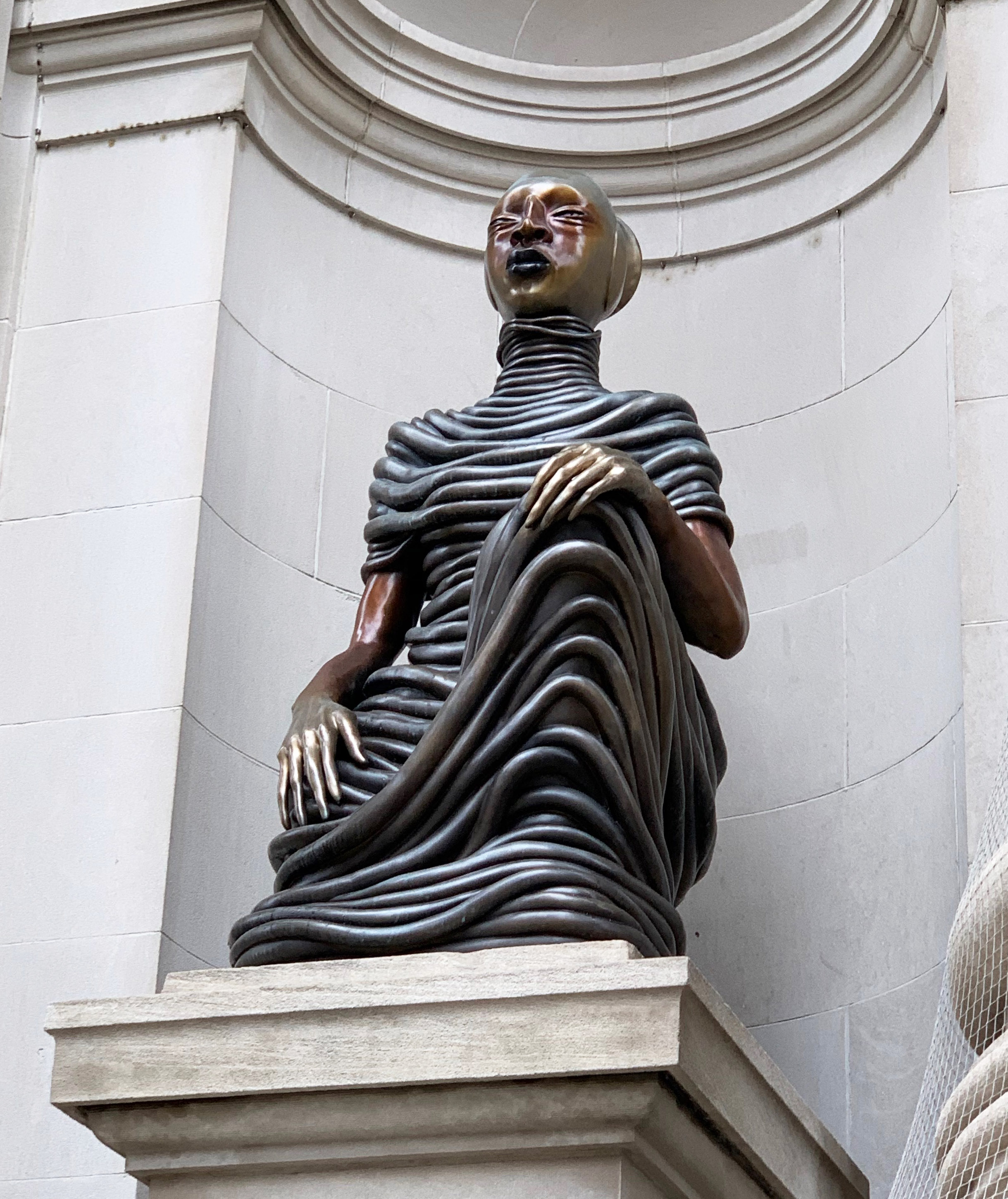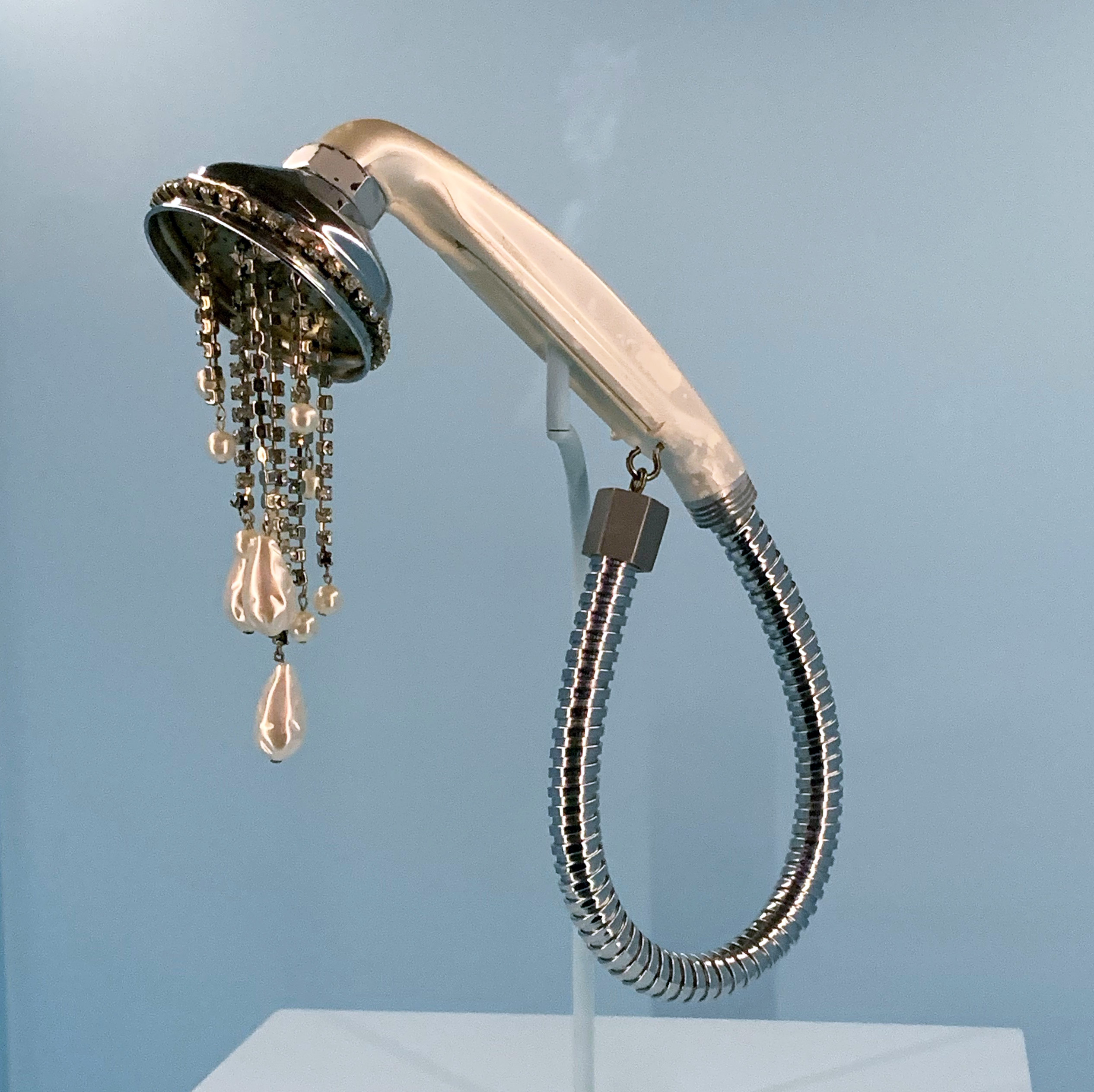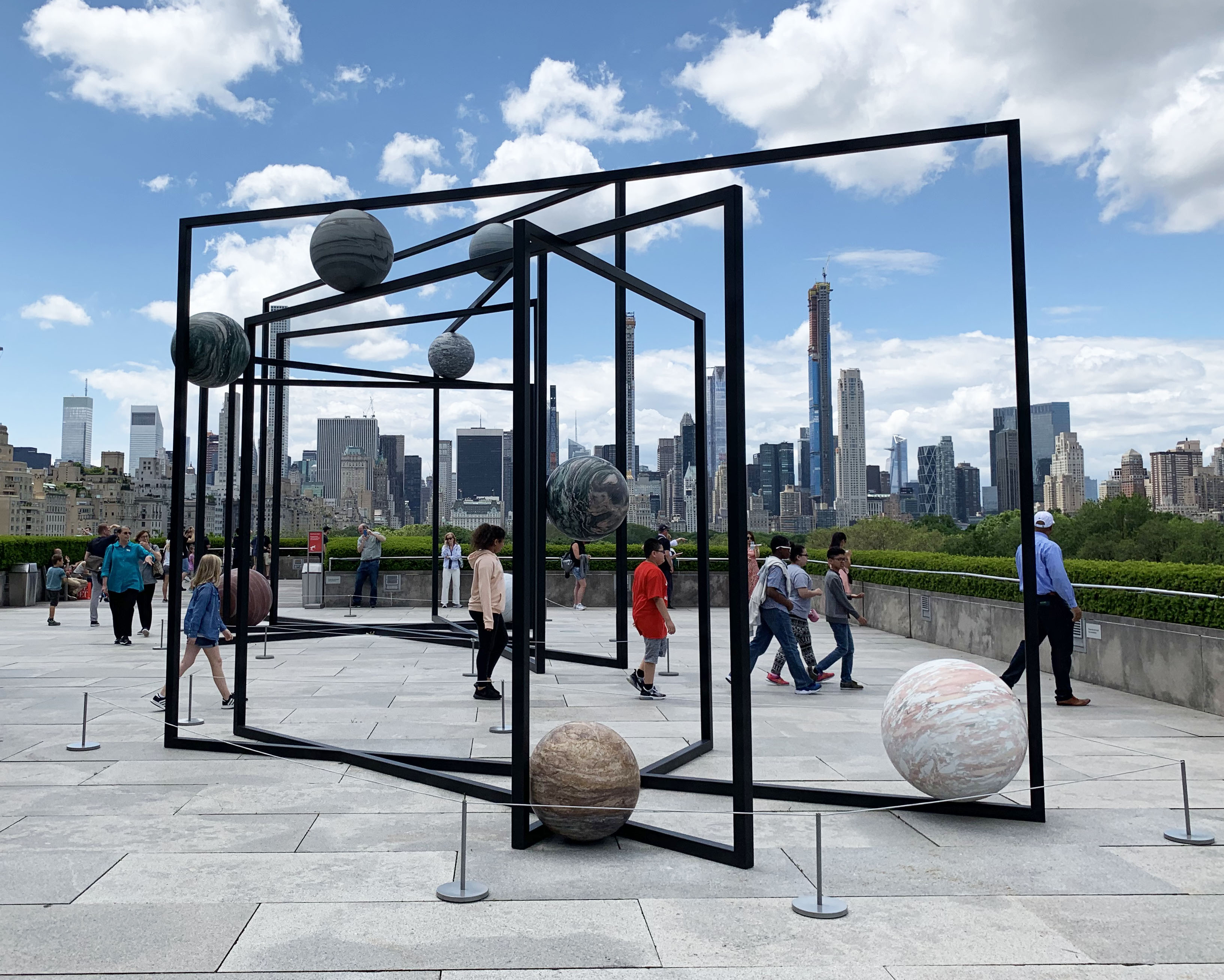Nicole Eisenman’s monumental painting ‘The Abolitionists in the Park’ at Hauser & Wirth Gallery in late spring/early summer was a highlight of Chelsea gallery tours; you can see it again in the Met Museum’s permanent collection, a recent acquisition thanks to the Green Family Art Foundation Gift. At over 10 feet tall, it towers over visitors, inviting us into a scene of protesters gathered outside City Hall in downtown Manhattan during the summer of 2020. Featuring an array of characters, from figures in shades of blue eating pizza to an entirely red-toned figure lounging in front, Eisenman meets and disrupts expectations of large-scale history painting while taking the genre up to the present moment. (On view in the Mezzanine gallery).




